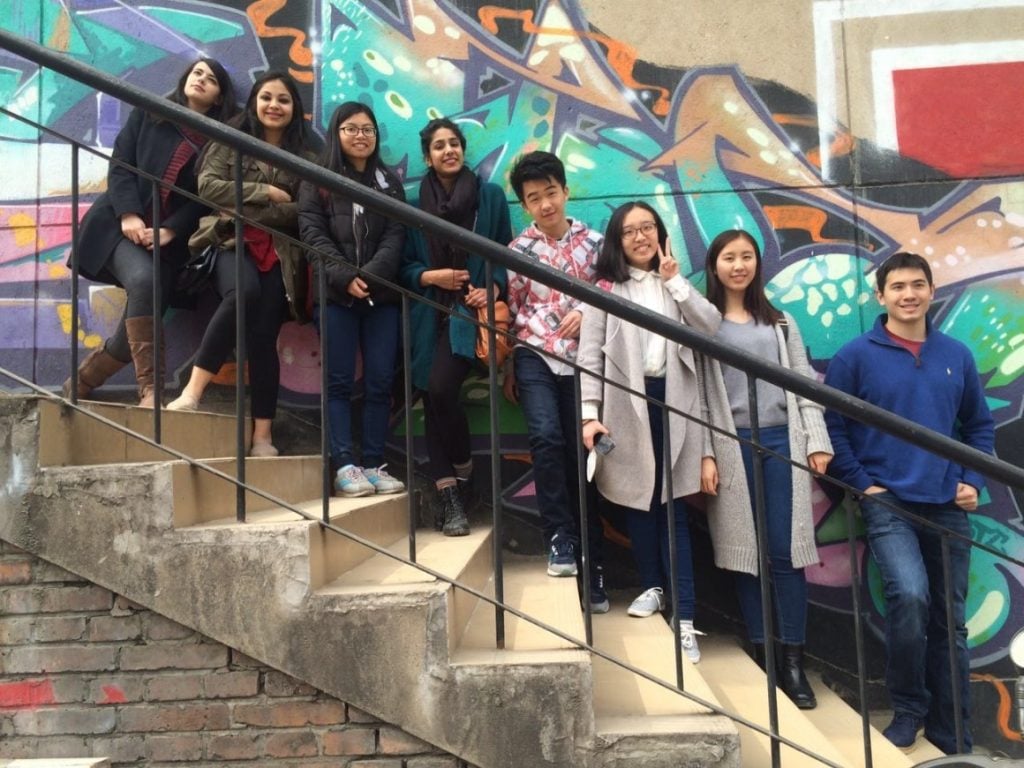
GETTING AROUND BEIJING
Although I’d always considered myself a city person, coming to Beijing was my first encounter with a public transportation system of this size. Minneapolis has a fairly decent bus system and recently added a new line to the light rail, but compared to the double decker buses and sprawling subway system of Beijing, Minneapolis seems incredibly small. I have an internship on the other side of the Chaoyang district, which requires me to take a subway about a two and a half hour roundtrip every time I go to my internship. While I can’t deny that it’s more than just a small inconvenience, my everyday travels through Beijing really help me to see the everyday lives of the residents here.
The subway is pretty reliable. There are 14 or so lines that can take you all across the city. I myself am only familiar with a handful of them. Every time you enter the subway station you have to go through security per usual Beijing fashion, but it usually doesn’t take much time at all. You can either buy individual tickets or, if you are a frequent rider like myself, get a reloadable subway pass that you scan every time you enter and exit the subway. Depending on the time of day the subways usually range from crowded to shoulder-to-shoulder packed. Seats are a rare find, but if one does open up you have to act quickly to get it. There are bars and handles to hold onto for those who stand, but many of the experienced subway riders just balance themselves as the train lurches forward. This may seem like a silly thing to do when there is a handle right next to your face, but on those longer train rides it can be more comfortable to take your chances with a sudden stop rather than hold your hand up for an hour.
Once you get off the subway you have a couple of options to get where you are going. Walking is the cheapest way, but when your sense of direction is as bad as mine is, a 10-minute walk can take well over an hour. I have tried a couple of different methods of transportation to get there. Taxis in Beijing are decently inexpensive and a short trip can cost you about $2 USD. There are also a number of metal rickshaws set up on the back of electric scooters that give rides to individual passengers. One should be cautious when approaching one of these. On top of being incredibly dangerous given the reckless driving habits in Beijing, they can also be an easy way to get scammed. The best method really is to walk, and it can be a great opportunity to practice your Chinese by asking for directions. Chinese people love it when foreigners come to their country and love it even more when they take the time to learn their language. I have had many very kind people help me find where I was supposed to go. Traveling here is both cheap and convenient, provided you don’t get scammed. Going back to Minneapolis where public transportation is less extensive might take more getting used to than learning to use the Beijing subway.
By Jessica Peery, University of St. Thomas, Spring 2016 Student




